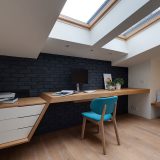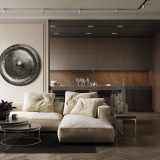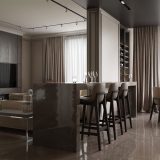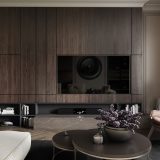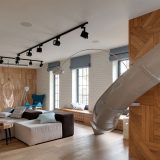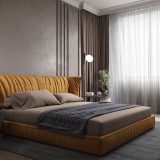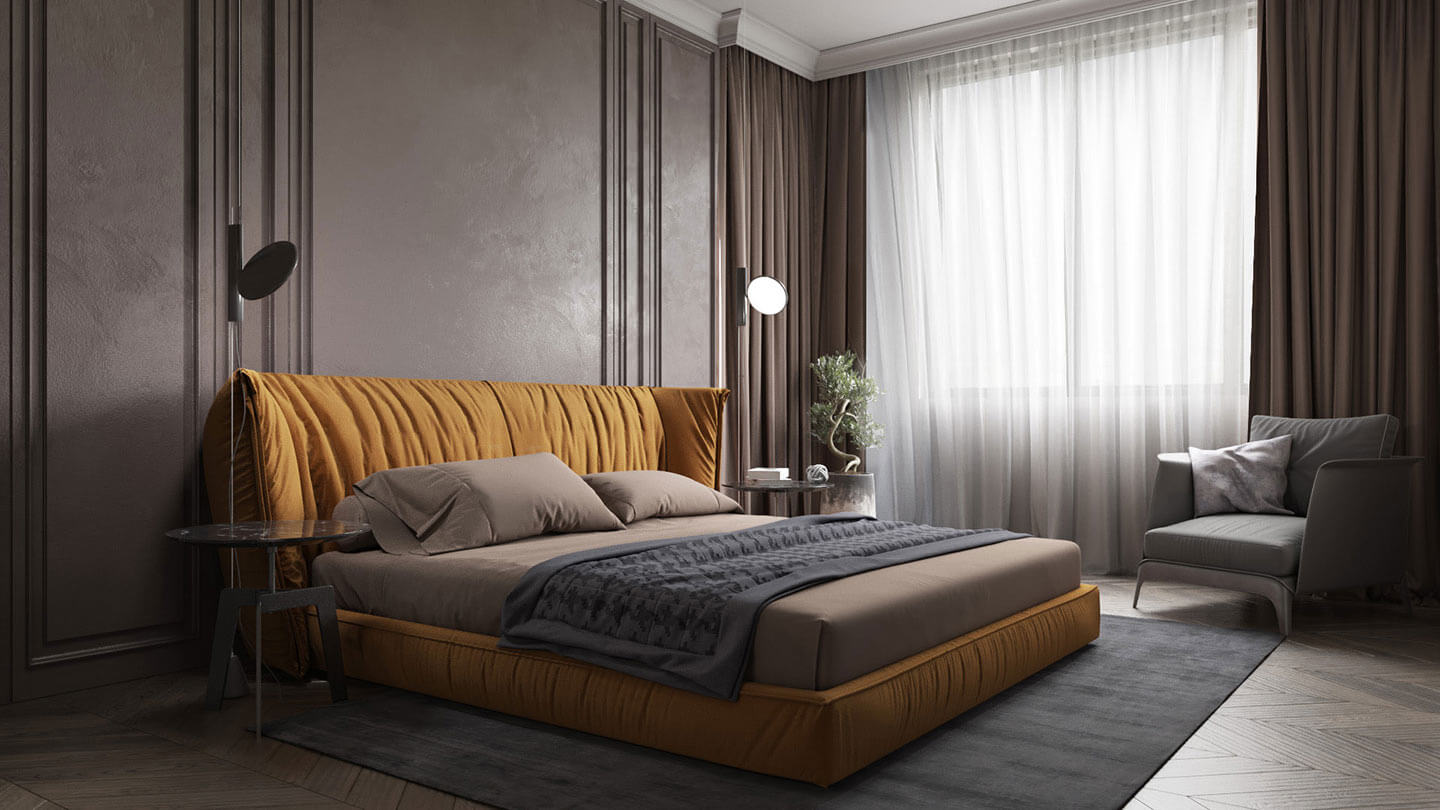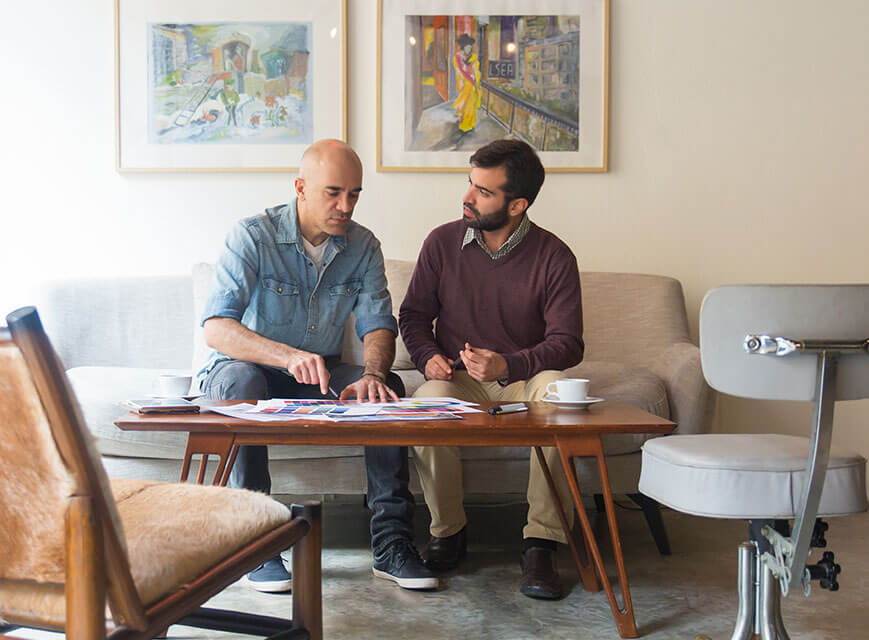One of the most attractive parts of billboard investing is the ability to get in the door with very little capital. So what are the ways you can get into the billboard business for less than $5,000 cash? And how much money can you make with those signs? Flipping billboard leases and permits: $0 needed A very lucrative part of the billboard business requires no capital to enter, and that’s the function of finding and obtaining billboard leases and permits and then selling those off to other billboard companies who then construct them. With the elimination of the position of “new sign locators” at many large billboard companies, good leases and permits are a welcome offering. And the money can be huge. I’ve sold leases for as high was $100,000 per unit, and never sold one for less than $15,000. All you need is knowledge and the desire to get started. Urban 8-sheet billboards: $1,000 needed You can find these units in urban markets on surface streets (regular roads). They are a vestige of the 1970s and were built to advertiser liquor and tobacco with a single steel pole and a 5’ x 12’ face. You can typically find these through the property owner that took it back from the old sign company for non-payment, or from the sign companies that no longer want them. You can easily wrap these ad faces with vinyl and get around $300 per month per side. On that $1,000 investment you can often make $400 per month after expenses, which is outstanding. You can also find these as wall mounts (bolted to masonry walls). Those are just as good. Bringing abandoned billboards back to life: $1,000 to $5,000 needed This has always been one of my favorites as it can offer such a huge return on investment. For example, I once found an old abandoned billboard on telephone poles along Highway 75 in Plano, Texas. I put together a ground lease with the property owner and brought the sign back to life for around $2,000, which included fixing broken pieces and attaching ad panels back to it. The sign made a regular $20,000 per year or so thereafter. That’s what makes bringing old signs back to life so lucrative is that some of the locations are spectacular although such was not the case years ago when they were abandoned. Markets mature over time, and most people have not apparently figured this out. Old-fashioned wooden billboards: $3,000 and up needed Building wooden billboards has been a very profitable – and low capital required – undertaking for decades. You can build a good wooden billboard (telephone poles, 2”x 4” stringers and plywood faces) for around $3,000, and they cant rent for $200 or so per month per side (even more in some markets). That means you can get your $3,000 back in the first year of operation, and build a solid income stream with just a handful of signs (10 signs equals around $30,000 per year). Wallscape billboards: $3,000 and up needed The cost of these type of signs is all over the map, based on the size. Installing the stainless steel hooks into the side of a masonry wall is about $3,000 or so on a 10’ x 30’ wallscape but there are some that are hundreds of feet long (look at pictures of Times Square in New York or some of the buildings in Los Angeles). Wallscapes are typically in high-traffic areas of urban downtowns, so they rent for pretty decent money. It would not be uncommon for the right location to fetch $1,000 per month or more. Conclusion Billboards are a very lucrative investment program. As you can see from this list, the financial rewards can be massive for very low price points. This list will help you identify what niches are the highest yielding.
WHERE THE OPPORTUNITY IS IN OFFICE INVESTING TODAY By Frank Rolfe The world is changing rapidly, with external forces such as Covid-19 creating new and uncharted environments. It’s essential that today’s office investor monitor the current state of affairs in the U.S. and invest accordingly. So where is the opportunity today in office property investing? Investment-grade locations In times of danger, the market rewards those who only choose the best locations. There is a flight to quality for lenders, and since virtually all office buyers use debt than you need to follow their lead. Real estate is all about “location, location, location” and if the office building is not in a strong one, you are probably better off passing on it. The only way you will fill a lesser location is with reduced rent, and that puts you in a tough position when Class A rents ease. It also means that you will be perpetually lowering rents as the condition and desirability of your property wanes. Solid infrastructure The income your office property derives is net of repair, maintenance and capital expenditure. Don’t buy properties in poor condition as they will eat up much of your profits and scare away most future buyers and lenders. The problem with office buildings is that they typically require very massive roofs and other issues, and a poorly built property can be a financial drain on a continual basis. Also stick with more timeless designs that are lower maintenance, such as masonry, metal and glass, and move away from a lot of wood and stucco that require endless maintenance and do not wear well. Credit quality of tenants A long-term lease with a sketchy tenant is not really that marketable. Stick with properties that have A-grade occupants that will pay rent in both good times and bad. That does not mean that you need flashy law firms – you simply need tenants that have a track record of paying. What they do is immaterial, all that matters is that they have a proven ability to pay rent on time. In light of the Covid-19 strain on American business, it’s definitely not a time to rely on marginal tenants paying you so you can pay your mortgage. Market timing As with any sector of real estate, timing is essential. You always want to buy low and sell high, and not vice versa. Never buy during a cyclical high in that market, but only when prices are at a stable base. How will you know? Looks towards cap rates. A good cap rate for an office property might be 7% traditionally in one market, so don’t buy when it’s less than that. Remember that all it would take to derail your investment profit is for a market to have a correction of 20% or so, thus making you raise value 20% just to get your money back. Safe spreads And speaking of cap rates, you also need to stay on the right side of the “spread” on your deal. The “spread” is the difference between the cap rate and interest rate on your loan (assuming about 80% LTV). A 3-point spread yields around a 20% cash-on-cash return, while a 2-point spread returns about 15% and a 1-point spread yields around 10%. In general, try to get at least 2-points of spread to maintain a safe cushion against any problems (such as unexpected vacancy). Conclusion While it is possible to still make money in office properties, it’s essential that you chart a course that is safe and has all megatrends working in your favor. This list will get you started.
Sustainable Design Initiatives Introduction Favoring green, sustainable design is becoming more prevalent in the commercial real estate industry. The growing interest of developers to incorporate more sustainable design elements into their projects has resulted in numerous initiatives, including LEED certification and pilot programs for green building practices. What Constitutes Sustainable Design? Sustainable design is a multifaceted field, which focuses on the integration of the built environment with its surrounding natural ecosystem. Sustainable design is both a professional discipline as well as a philosophy that attempts to create affordable living spaces for all people while considering their effect on the environment. It requires professionals in this field to consider all three pillars of sustainability when planning out projects: environmental responsibility, social equity, and economic feasibility. The Goal of Sustainable Design The goal of sustainable design is to create and maintain a balanced, symbiotic relationship between space and nature. This means that developments should not only be healthy places for people to live, but also meet the needs of the ecosystem in which they are built. Conserve Natural Resources Sustainable design recognizes that the earth’s resources cannot be limitless and strives to develop efficient ways to conserve them so that these valuable assets can continue to be used in future generations. Save the Environment One of the primary goals of sustainable design is to minimize an individual’s carbon footprint to help reduce the effects of climate change. By reducing one’s reliance on energy through strategies like building orientation, improved insulation, use of solar panels, and efficient lighting fixtures, sustainable design helps to conserve valuable natural resources that can be used by future generations. Build Friendly, Safe, Comfortable Spaces for People Not only does sustainable design strive to preserve the environment, but it also focuses on improving people’s lives by expanding their living space. Better utilization of materials during construction, more efficient operational procedures post-construction, improved indoor air quality, and enhanced occupant health and comfort levels are all important factors in creating a comfortable work environment that is conducive to productivity. Principles of Sustainable Design Site Potential Optimization One way sustainable design can reduce waste and material depletion is through site potential optimization, which is the utilization of natural features like existing topography and solar exposure to maximize efficiency. Using organic layouts rather than ones with highly regimented geometric shapes allows developers the chance to work around the natural flow of a property’s surroundings. The incorporation of biophilic design elements into architecture also significantly increases energy conservation and occupant health levels. Reduce Energy Use The integration of sustainable design principles into a structure results in the optimization of energy efficiency, which can lead to significant savings for both building owners and occupants. Utilizing passive heating and cooling measures, such as orienting a building toward solar exposure or using shading devices to minimize heat transfer, can substantially decrease a building’s reliance on mechanical systems like air conditioning units. Implementing active systems that directly utilize natural resources like wind turbines or geothermal pumps can provide substantial returns over time. Maximize Energy Production Sustainable design goes beyond just reducing energy use. It also focuses on maximizing what is available through alternative means. This includes utilizing methods of renewable energy production so that the building can continue to provide power even after the grid has been shut down. While renewable energy sources like wind, water, solar, and biofuels are becoming more popular in large-scale projects, sustainable design also strives to maximize the efficiency of mechanical systems that utilize natural resources. For example, using an HVAC system that utilizes outside air for ventilation instead of only relying upon recirculated indoor air is beneficial because it reduces the amount of fossil fuels needed for cooling while simultaneously providing occupants with better quality air to breathe. Maximize Material Utilization Using larger amounts of recycled materials in construction not only minimizes waste but also cuts down on material acquisition costs. Sustainable design focuses on maximizing the amount of recycled components in all phases of design and operation so that no resource is wasted or outlived in its usefulness. Healthy Indoor Environment Although sustainable design is beneficial for a variety of reasons, its highest priority is providing occupants with healthy and comfortable spaces to work and live. Designing buildings that filter out pollutants from the air and collect rainwater to reduce water consumption can drastically improve indoor air quality so that occupants feel healthier and more productive. Operation and Maintenance Efficiency By maximizing the efficiency of a building’s operational systems, a sustainable design can increase a structure’s longevity and reduce costs associated with maintenance. Reducing waste and optimizing energy production during each stage of operation means that less money is spent on fuel or electricity to power mechanical systems like HVAC units or chillers, which can substantially decrease long-term operating costs. Benefits of Sustainable Design The implementation of sustainable design practices is a wise investment to consider in any commercial property construction because it benefits the building’s occupants and owners in a variety of ways. These include: Reduced energy costs Reduced harm to the environment from waste and emissions Improved occupant health from increased ventilation and more healthy materials used during construction Longer life-cycle for building components and better overall return on investment (ROI) over time Investing in Sustainable Design With so many benefits to designing buildings within the guidelines of sustainable design practices, it is clear why so many commercial real estate developers are eager to embrace these types of initiatives. The initial costs of upgrading mechanical systems or switching to more efficient building materials might seem daunting at first, but they quickly pay off over time due to reduced operational costs and healthier environments for occupants. By leveraging eco-friendly design ideas into their plans, architects can help improve project ROI while also setting high expectations for future sustainable construction initiatives that contribute to a more resilient built environment.


